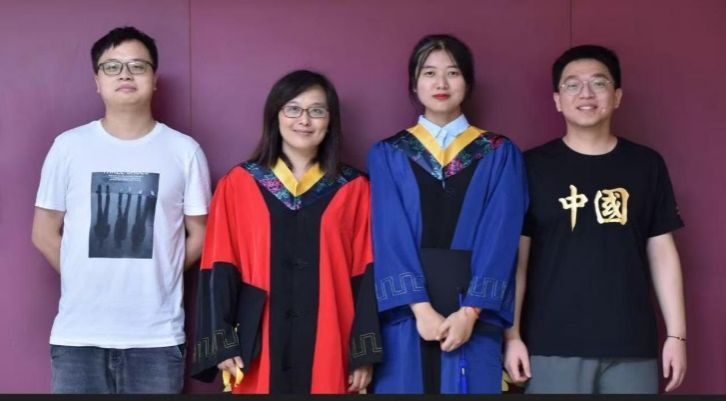Published and edited by: Cheng Yu
WUST News - Recently, Professor Hou Yanhui's team from the School of Metallurgy and Energy has published a series of high-impact papers in leading international journals. This follows the earlier publication of their work on Study of Mn absorption by comp-lex oxide inclusions in Al-Ti-Mg killed steels in the top international journal Acta Materialia and Effects of LaAlO₃ and La₂O₂S inclusions on the initialization of localized corrosion of pipeline steels in NaCl solution in Scripta Materialia. These achievements were made under the guidance of Professor Li Guangqiang and Professor Nele Moelans from KU Leuven,.

Utilizing high-throughput first-principles calculation techniques, the team studied the α-Fe/γ-Fe interface in duplex stainless steel. Their research, published in the Journal of Materials Research and Technology (Top, Q1, Impact Factor 6.267), explored the segregation and interaction of nickel and chromium atoms at the interface at the atomic level.
In terms of the synergistic effects of elements in steel on surface hardness and wear resistance, the team examined the impact of the Mo-Nb synergy on steel surface coatings. Their findings, published in Surface & Coatings Technology (Top, Q1, Impact Factor 5.4), revealed that Mo infiltration into the NbC lattice reduces its formation energy, thereby enhancing the surface hardness and wear resistance of the material.
The team also developed a triple oxide barrier in high-entropy alloy coatings. By uniformly dispersing rare earth elements, they effectively prevented oxygen from contacting the metal, significantly reducing the oxidation rate and enhancing thermal stability. The findings were published in the Journal of Rare Earths (Top, Q1, Impact Factor 5.2).
Furthermore, the team conducted an in-depth analysis of the hydrogen permeation barrier mechanism, exploring the synergistic effects of Cr₂O₃ and TiO₂ in resisting hydrogen permeation. Their research, published in Surface & Coatings Technology (Top, Q1, Impact Factor 5.4), elucidated the mechanism by which the dense crystalline structure and stable chemical bonds of composite coatings hinder hydrogen atom adsorption and diffusion.
Finally, the team also studied the effects of alloy element segregation on TiN heterogeneous nucleation and local corrosion resistance, discovering that alloy elements such as Cr and Mn enrich at the inclusion interface, enhancing interface stability, facilitating TiN heterogeneous nucleation, and inhibiting local corrosion. These results were published in the Journal of Materials Research and Technology (Top, Q1, Impact Factor 6.267).
This series of studies addresses critical areas such as stainless steel interfaces, element synergy in steel, high-entropy alloy coating structures, hydrogen permeation barrier mechanisms, and the effects of inclusions and element doping. The research provides valuable theoretical support and innovative insights for the development of related fields, with the potential to drive technological progress and industrial upgrading in steel materials and related fields.